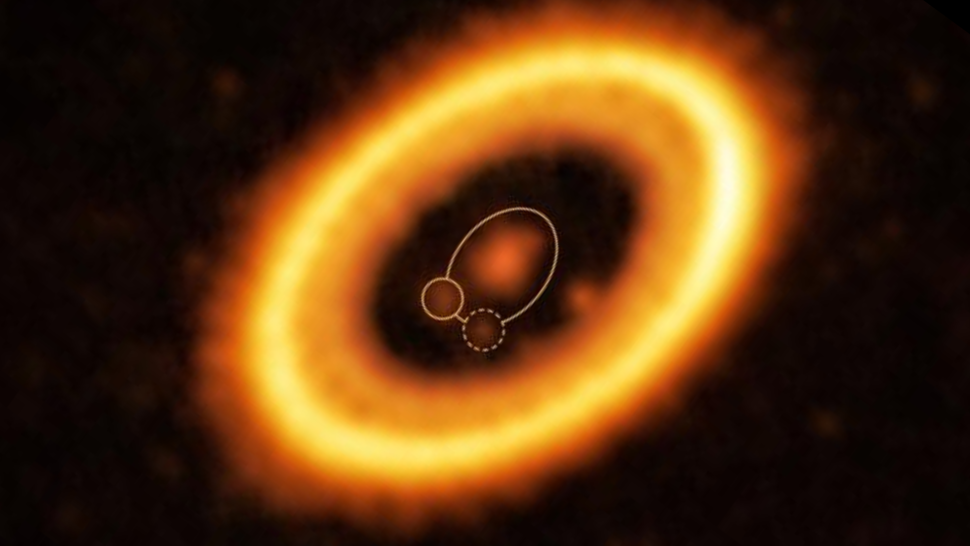MI weekly selection #523

Astronomers discover first evidence of “Trojan planet”
Scientists have spotted the first evidence of a “Trojan planet” that shares the same orbit around a star as another planet. Astronomers believe that Trojan planets form when dust clouds are held into stable material from the gravitational pull of a star and other planet and may be common in other solar systems.
Full Story: Space
Fossil shows that dinosaurs were prey for mammals
An unusual fossil from around 125 million years ago reveals a small mammal biting a dinosaur three times its size. Researchers believe the fossil captures the moment of attack between the two species, suggesting that the Cretaceous food web included some mammals as predators and dinosaurs as prey.
Full Story: National Public Radio
The future of long-term data storage lies in DNA
Researchers have created a new technique to access and read out files stored in DNA, paving the way toward a future in which data can be stored not as zeros and ones, but as the building blocks of genes. Unlike previous DNA storage methods, the new technique can read out a DNA file multiple times without DNA degradation, and it can read multiple files at once.
Full Story: CEP Magazine
Ancient retroviruses compete in early embryos
A large computational analysis found that a gene sequence called HERVH protects human blastocysts from remnants of ancient infectious retroviruses now embedded in normal human DNA that can replicate and insert themselves into parts of the genome where they don’t belong. The study revealed that HERVH suppresses LINE-1 and protects pluripotent cells from damage.
Full Story: Wired
Cosmic object emitting radio waves puzzles scientists
Astronomers have spotted a mysterious spinning cosmic object that emits five-minute pulses of radio waves every 22 minutes. Researchers believe the object may be a magnetar, a type of star with strong magnetic fields, but it exists below the “death line” for these stars and releases energy at unusually long lengths.
Full Story: CNN